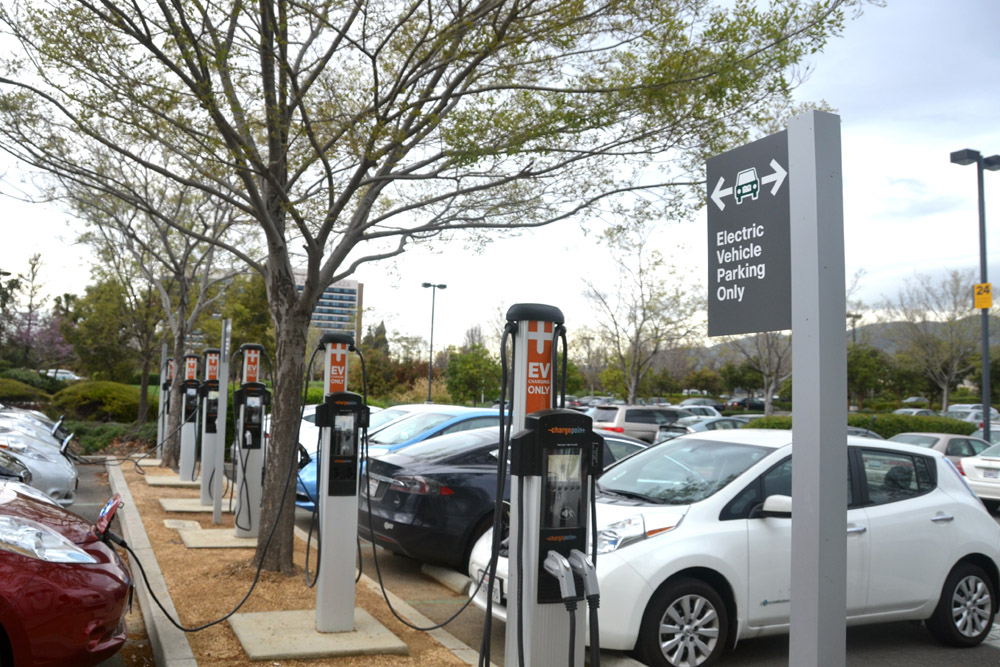
Our electric transportation future is on the way – that much is not in doubt. Electric vehicles may currently account for just a small share of vehicle sales, but a high – and accelerating – growth rate is putting EVs on the agendas of public utility commissions (PUCs) around the country. To address the coming electrification of the vehicle fleet – from passenger cars to delivery vehicles, buses, and trucks – state regulators should take steps to maximize the benefits and minimize the challenges associated with this transportation transformation – seven steps, to be specific.

